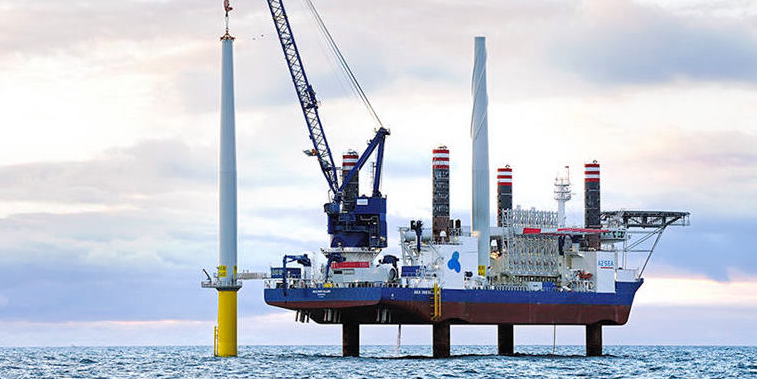As the renewables sector is licking its wounds caused by the victory of Donald Trump, one of the industry’s greatest triumphs is slightly overshadowed: the record-low winning bid by Vattenfall in Denmark’s 600MW Kriegers Flak offshore tender.
The price of €49.90 per megawatt hour is not only the lowest ever in offshore wind, but a price that beats that for solar tenders in Northern Europe and for support for onshore wind in many regions.
Reason

